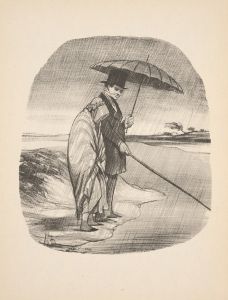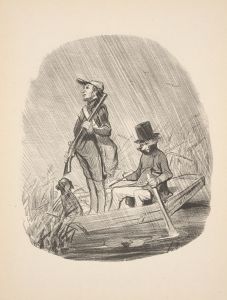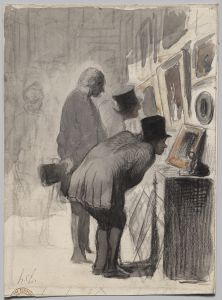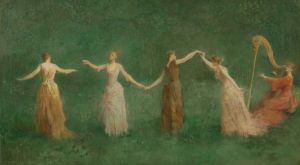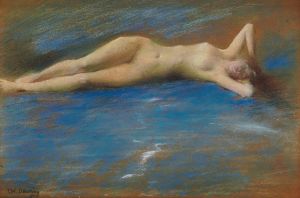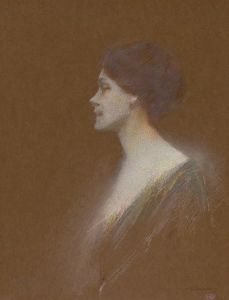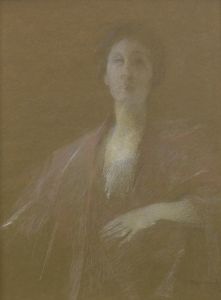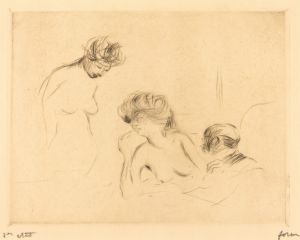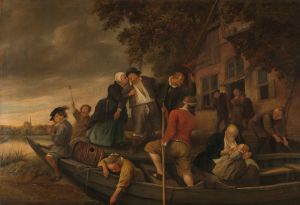
Music
A hand-painted replica of Thomas Wilmer Dewing’s masterpiece Music, meticulously crafted by professional artists to capture the true essence of the original. Each piece is created with museum-quality canvas and rare mineral pigments, carefully painted by experienced artists with delicate brushstrokes and rich, layered colors to perfectly recreate the texture of the original artwork. Unlike machine-printed reproductions, this hand-painted version brings the painting to life, infused with the artist’s emotions and skill in every stroke. Whether for personal collection or home decoration, it instantly elevates the artistic atmosphere of any space.
Thomas Wilmer Dewing (1851–1938) was an American painter associated with the Tonalist movement, known for his atmospheric and poetic depictions of women in refined, often dreamlike settings. One of his notable works, Music, exemplifies his characteristic style and thematic focus.
Music was painted in 1895 and is considered one of Dewing's masterpieces. The painting portrays a group of elegant women in a serene, almost ethereal interior setting, engaged in musical activity. The composition features muted tones and a soft, diffused light, hallmarks of Dewing's Tonalist approach. The women are dressed in flowing gowns, seated or standing in graceful poses, and surrounded by minimal yet carefully arranged furnishings. The focus on music as a theme reflects Dewing's interest in the arts and his desire to evoke a sense of harmony and introspection.
The painting is notable for its emphasis on mood and atmosphere rather than narrative detail. Dewing's use of color is restrained, with a palette dominated by soft greens, grays, and golds, creating a tranquil and meditative ambiance. The figures are delicately rendered, their expressions and gestures understated, contributing to the overall sense of refinement and quietude.
Music is part of the collection of the Smithsonian American Art Museum in Washington, D.C. It is often cited as an example of Dewing's ability to merge the aesthetic ideals of the Gilded Age with the Tonalist emphasis on mood and abstraction. The painting reflects the cultural milieu of the late 19th century, a time when the arts were increasingly seen as a means of cultivating beauty and elevating the spirit.
Dewing's work, including Music, often draws comparisons to the aesthetic principles of James McNeill Whistler, another prominent Tonalist painter. Both artists shared an interest in creating compositions that prioritized harmony and subtlety over realism or overt storytelling. Dewing's paintings, however, are distinct in their focus on the feminine ideal and their exploration of the interplay between figure and environment.
Today, Music is appreciated for its technical mastery and its ability to evoke a timeless sense of elegance and introspection. It remains a significant example of American Tonalism and a testament to Dewing's unique artistic vision.






